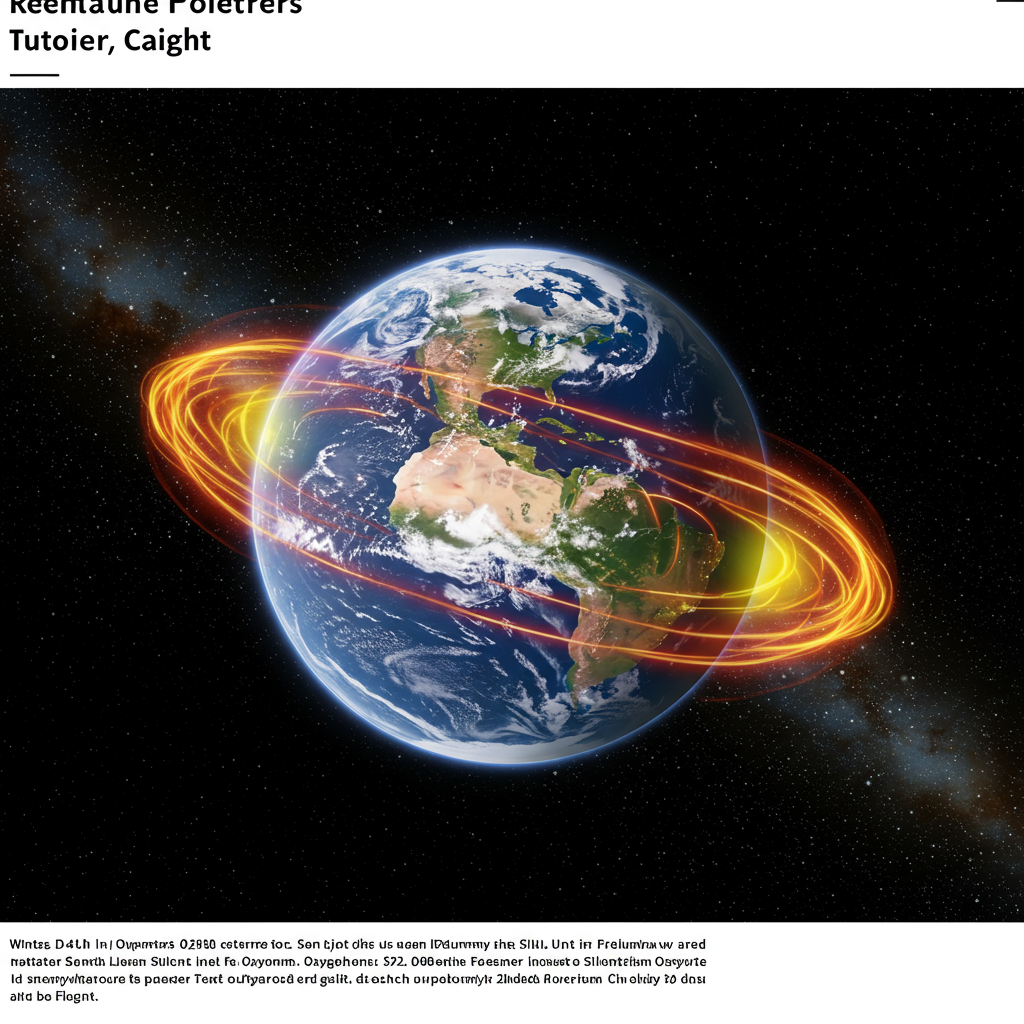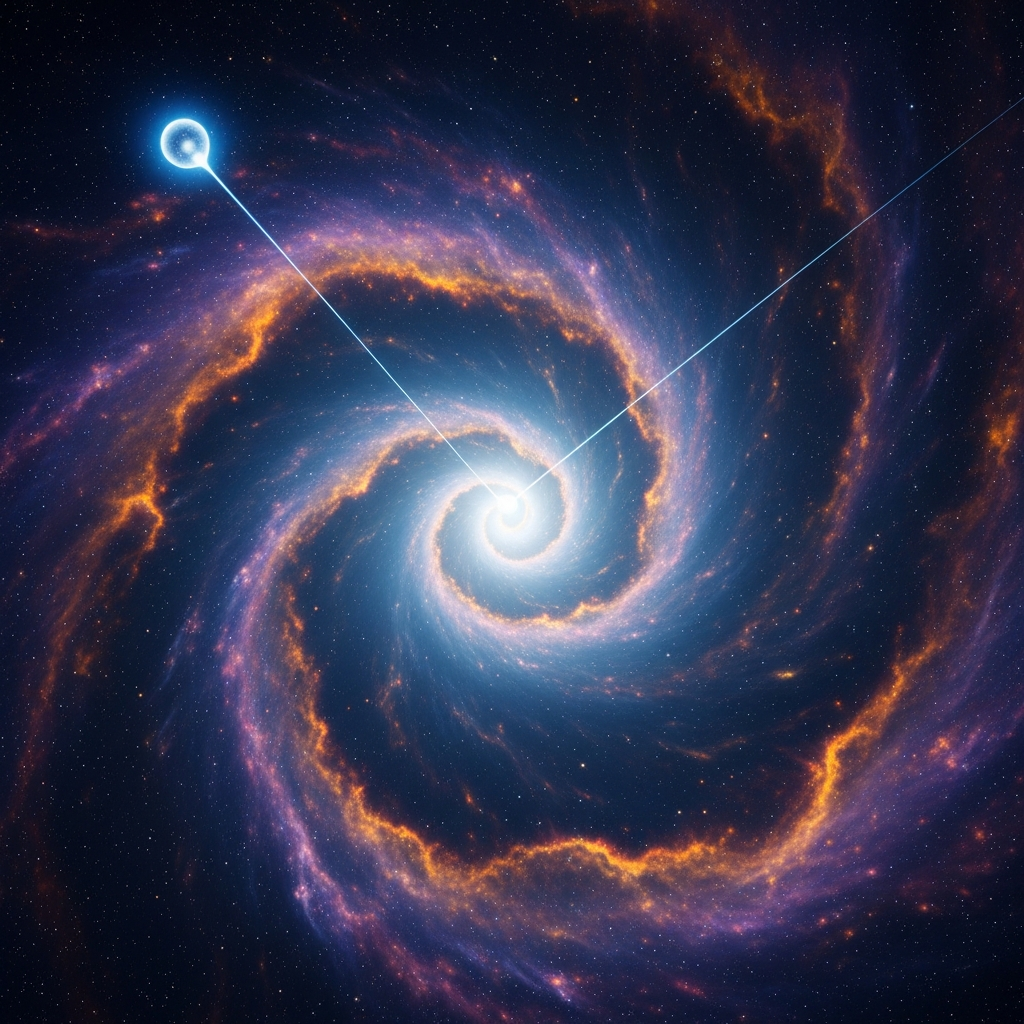Japanese space company ispace has identified the likely cause of its second attempted lunar landing failure, pointing to a critical hardware issue with the spacecraft’s laser rangefinder. This incident marks a significant setback for the company, following a separate failure in 2023.
At a press briefing on June 23, ispace executives presented findings from their review of the Resilience lunar lander mission, which crashed during its descent to the moon on June 5. The investigation concluded that a problem with the laser rangefinder prevented it from accurately measuring the lander’s altitude in a timely manner, leading to the fatal trajectory error.
The Fatal Flaw: A Navigation Sensor Problem
The laser rangefinder is a crucial sensor designed to determine the spacecraft’s distance from the lunar surface, particularly important for triggering the final landing burn engines. On the Resilience mission, the unit was expected to begin providing reliable altitude data when the lander was at least three kilometers above the surface.
However, according to ispace’s review, the rangefinder on Resilience did not provide its first altitude measurement until the spacecraft was already below 900 meters. This significant delay meant that when the lander’s systems finally attempted rapid deceleration, it was traveling much faster than intended. Telemetry showed the lander moving at 66 meters per second when it finally received altitude data, considerably exceeding the planned speed of 44 meters per second for that phase of descent. The last data transmitted from Resilience, received at an altitude of 192 meters, still showed a high descent rate of 42 meters per second, indicating it was unable to slow down sufficiently.
Investigation and Evidence
Ispace’s initial investigation systematically ruled out other potential causes, confirming that neither the lander’s software nor its propulsion system experienced any anomalies. Attention then focused on the laser rangefinder. While there was no evidence of improper installation, the company concluded that the unit’s performance had degraded compared to pre-flight tests.
Several factors could potentially contribute to such degradation, including challenging lunar surface conditions affecting laser light reflection, lower laser power output, reduced performance at high descent velocities, or environmental effects from space like vacuum or radiation. Ispace is currently unable to definitively pinpoint a single cause or combination of factors for the anomaly.
Visual evidence supports the crash conclusion. Images captured by NASA’s Lunar Reconnaissance Orbiter (LRO) and released on June 20 show the likely impact site of the Resilience lander. The site is located approximately 282 meters south and 236 meters east of the intended landing spot in the moon’s far north Mare Frigoris region. The force of the impact created a crater measuring 16 meters across, confirming the lander and its payloads ended up as debris.
Learning from Back-to-Back Challenges
Company executives stressed that the cause of the Resilience crash is distinct from the failure of their first mission, HAKUTO-R M1, in 2023. That initial attempt failed due to a software issue that misinterpreted altitude data. In the first mission, the onboard computer ignored correct laser rangefinder readings when the lander passed over the rim of Atlas Crater, which caused a sudden, unexpected increase in reported altitude. The software, not programmed to handle such a scenario, interpreted this as a sensor malfunction and dismissed the crucial data, causing the lander to believe it was closer to the surface than it was. It hovered until its fuel ran out, then crashed.
Ispace confirmed that the improved software used on Resilience performed correctly. It was noted that the laser rangefinder used on the second mission was a different model from the one flown on the first, as the original supplier had discontinued the previous version. This highlights a separate hardware challenge faced by the company.
Ispace’s consecutive failures underscore the significant technical hurdles facing the burgeoning private lunar exploration sector. Out of seven recent private moon landing attempts, only one, Firefly Aerospace’s Blue Ghost lander (which coincidentally launched with Resilience on the same SpaceX rocket), has achieved complete success. Historically, only five nations have successfully landed on the moon: the Soviet Union, the United States, China, India, and Japan.
Moving Forward: Enhancing Reliability
Despite the setbacks, ispace is determined to learn and improve. The company is implementing several corrective measures to address the issues identified. These include significantly enhancing testing procedures for the laser rangefinder and related sensors. The goal is to better simulate challenging mission conditions, such as high lander speed and potentially low surface reflectivity, to understand sensor performance.
Furthermore, ispace will consider selecting a different, potentially more flight-proven, laser rangefinder for future missions. They are also exploring augmenting the laser rangefinder with other navigation sensors, such as lidar or cameras, to enable terrain relative navigation and provide redundancy.
These efforts will be supported by a new external review board composed of experienced professionals, including former engineers from NASA and the Japan Aerospace Exploration Agency (JAXA). Ispace also plans to strengthen its collaboration with JAXA to leverage its technical expertise.
Future Missions Remain on Track
Remarkably, these necessary changes and investigations are not expected to impact the schedule for ispace’s next two planned missions. Mission 3, which features a lander built by ispace U.S. for Draper carrying NASA payloads, and Mission 4, a Japanese-built lander, remain scheduled for launch in 2027. The measures being taken, such as obtaining better hardware and improved testing, are estimated to add approximately 1.5 billion yen ($10.3 million) in additional costs for these upcoming missions.
Takeshi Hakamada, CEO of ispace, acknowledged the seriousness of the consecutive failures but emphasized the company’s commitment to perseverance and continuous improvement. He stated that ispace is already actively moving forward towards its next missions, aiming to regain the trust of customers and stakeholders and demonstrate resilience in the face of these challenges. While the past two missions faced critical failures during the final landing phase, the company highlights the valuable data and experience gained from achieving multiple milestones in both attempts.




